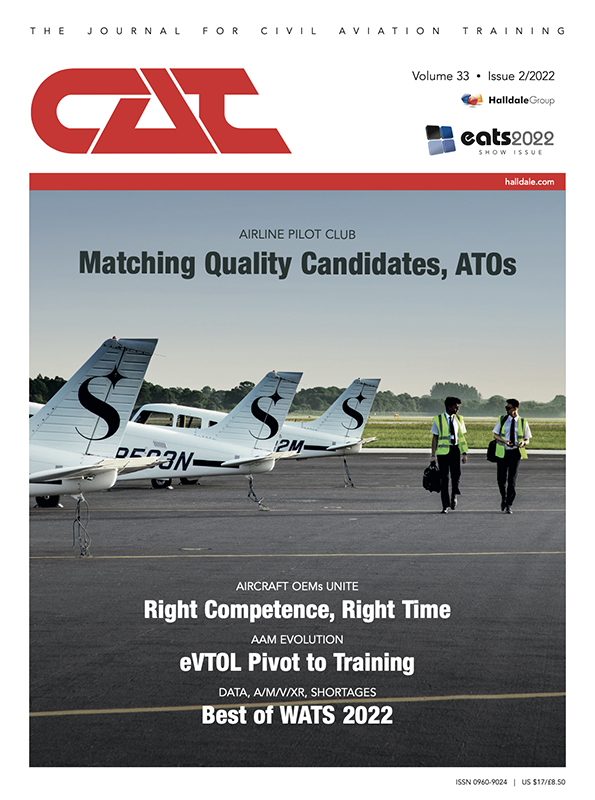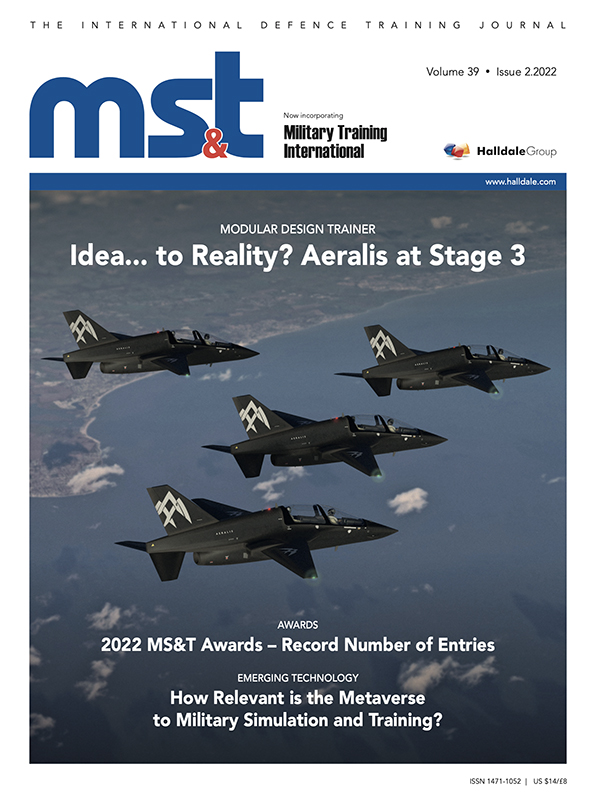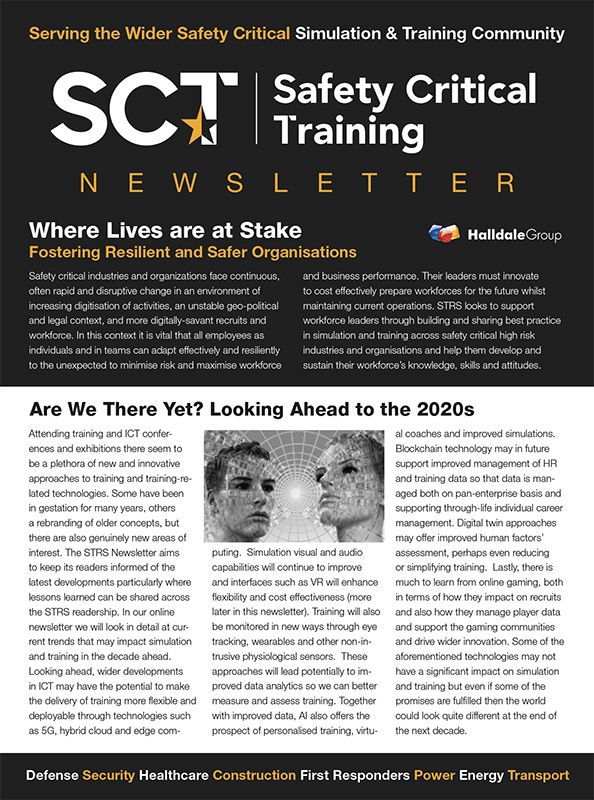This award recognizes the innovative use of VR/AR/MR technologies to develop effective and efficient training and performance support interventions. Application of VR/AR/MR spans a broad continuum ranging from individual and team training to individual and team performance support.
The three finalists are:
Bohemia Interactive Simulations
Virtual Reality in Land Training (VRLT) Pilot Study.
Whilst the use of VR HMDs is well established for individual training, its application for military collective training (CT) prior to VRLT had been previously untested in the British Army for platoon-sized groups operating in a company context (i.e., 35+ players equipped with VR HMDs in the same scenario).
Working closely alongside the British Army using an agile ‘crawl, walk, run’ approach, Bohemia Interactive Simulations (BISim) led an industry team including Cervus in the pilot. The purpose of the pilot study was to Investigate the strengths, weaknesses, opportunities and threats (SWOT) of VR technology and its application to support British Army CT. Conducted in an armoured infantry training context, the pilot demonstrated that 35+ trainees could be supported in VR/MR in periods up to 60 minutes to train, test and evaluate team communication and coordination skills under pressure. It demonstrated that VR can be deployed to the point of training need with the ability to inject complexity and new configurations in barracks or remotely. As well as VR and MR technology, the pilot also tested competence-based training measurement and evaluation, workload and biometric monitoring, cloud technology-based simulation, and artillery piece integration into virtual CT.
As a direct result of the pilot, Commander Field Army (3*) instructed that that VRLT’s scalable, deployable and flexible capability be implemented immediately into the Field Army to deliver combined arms team-working and a training audience experience that is more immersive than traditional virtual simulation training.
Design Interactive, Inc.
EXTRACT
EXTRACT is designed to ensure that the value of AR/MR as a technology to support training is realizable without needing training and instructional technology experts. Aimed at Naval maintenance training, EXTRACT is built upon Design Interactive’s (DI’s) AUGMENTOR™ system being used in commercial trucking and USAF aviation maintenance. The system provides spatial step-by-step instruction on operational systems and works with Microsoft’s HoloLens, mobile devices, and a web-based interface. While AUGMENTORTM provides a platform for authoring maintenance job aids and training material, it does not guide authors to ensure their content will be effective. EXTRACT does this by including a pedagogical model to best achieve Sailor learning in AR environments across a range of experience and expertise levels. Funded by the Office of Naval Research and PEO Carriers, EXTRACT guides SMEs through the process of extracting their multisensory knowledge and know-how via a web interface before commencing AR authoring. Once in the AR environment, EXTRACT then provides step-by-step guidance to the SME so they develop effective content that effectively transfers their expertise into the job performance aid.
EXTRACT has been implemented onboard the CVN-78 with independent evaluations conducted by the Center for Naval Analysis (CNA) in partnership with Naval Education Training Command (NETC). That evaluation was conducted in February 2020. The valued outcomes of using EXTRACT are: effective SME tacit knowledge capture; training scenarios and Job Performance Aids (JPAs) developed using innovative AR technology and a sound pedagogical model; and robust training opportunities for the Navy’s newest class of warships.
Ryan Aerospace
HELIMOD Mark III Helicopter Simulator
The US Army at Fort Rucker sought more cost effective and rapid training for up to 1300 pilots per year, each pilot conducting around 80-150 hours of helicopter training per year. Ryan Aerospace (RA), partnered with SAIC, delivered 32 HELIMOD Mark III Helicopter Simulator Training Systems in April 2019 to support the training task. Each VR-based simulator has a small footprint and is supported by 3600 head tracking and is software agnostic. RA’s design aim was to assist military forces to train student pilots in the primary flight training phase. This includes basic effects of controls, how to hover, how to fly a traffic pattern, course rules, formation flying and even some emergency procedures. The result is a training system that allows Instructor Pilots to monitor the student’s progress through an automated program that allows students to self-teach and train against the set criteria. The system can evaluate the student’s performance and allow them to progress through the curriculum as they meet the set desired learning objectives. The simulators are training the students and allowing them to reach their training goals much more quickly. Evaluations reveal a consistent advantage to incorporating the HELIMOD Mark III into the training curriculum. Reports note that students trained with the simulator perform better and with less time on live aircraft (by up to 40%) than with traditional methods.
MS&T invites all subscribers to vote for their favorite candidate, limited to one voting session per subscriber each program year. The 2020 Winners as selected by MS&T subscribers will be announced in MS&T’s Awards Issue (3), publishing in mid-August and at https://www.halldale.com/mst-awards-2020.
Click to vote for your choice for winner of each category https://www.surveymonkey.com/r/MSTAwards2020.
Voting ends on Thursday, July 16, at 9pm UTC/5pm EDT.





